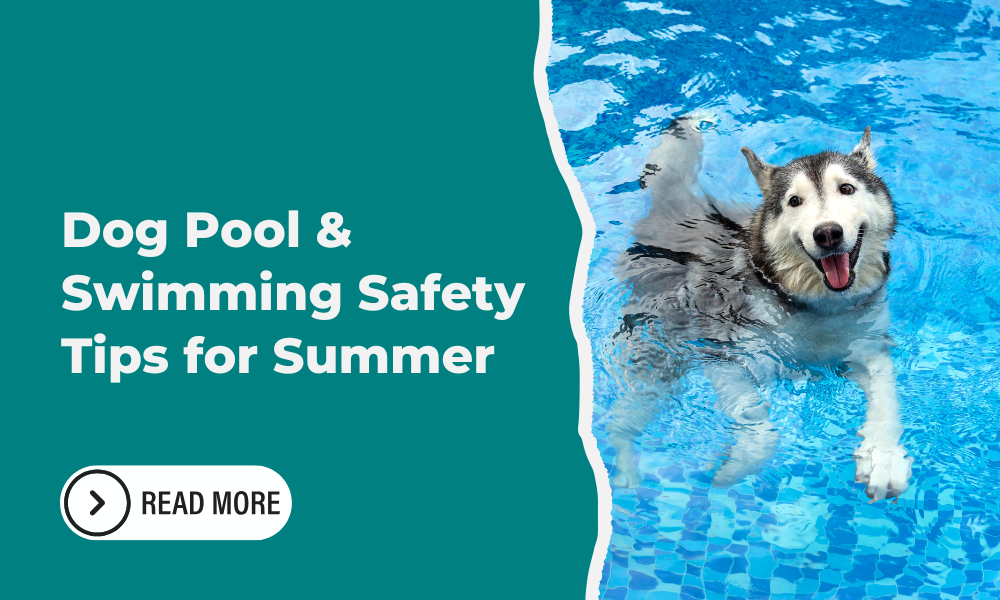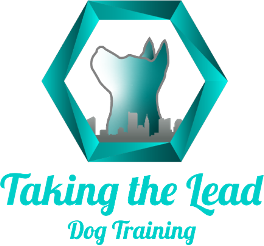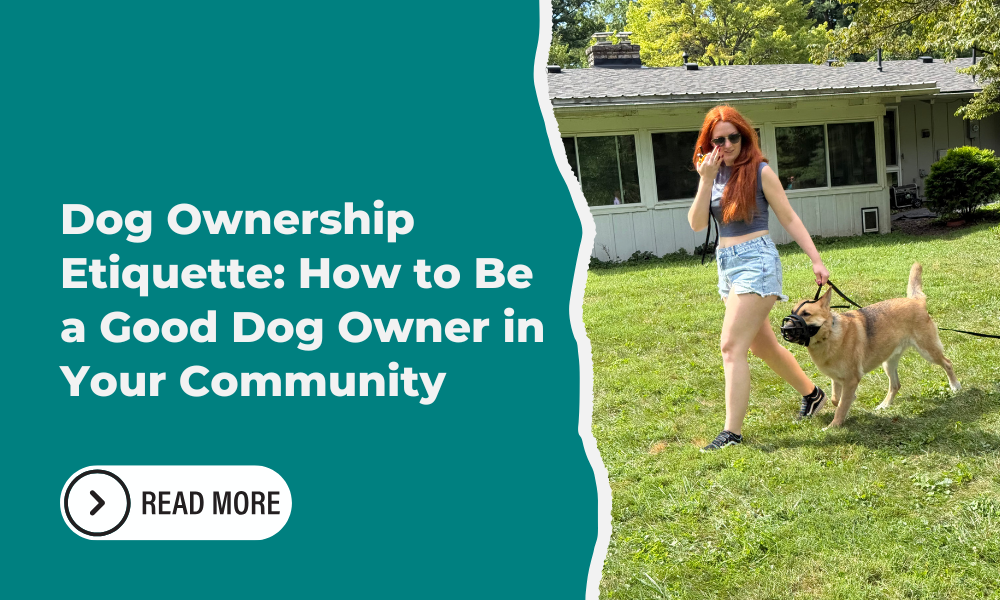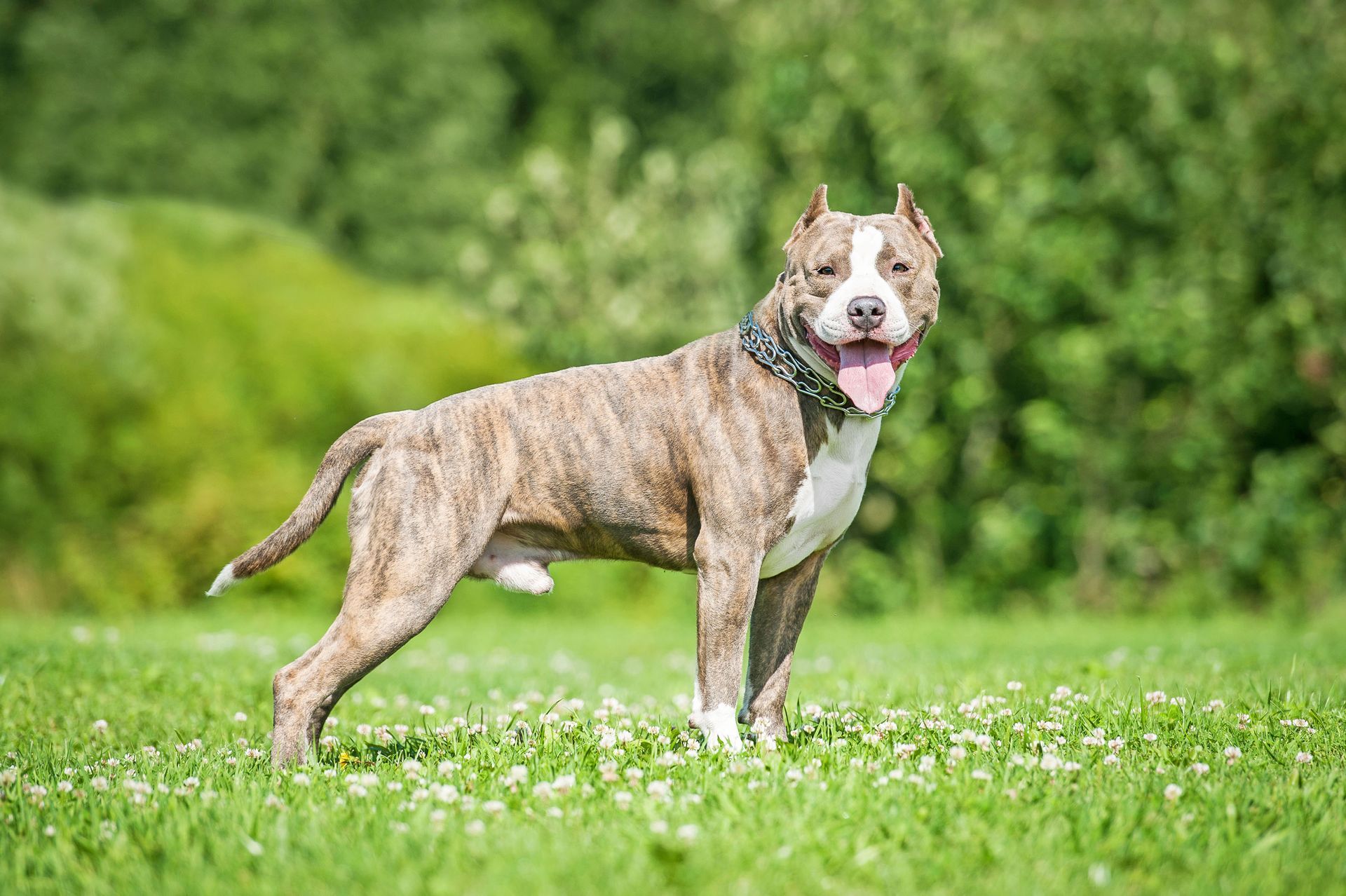Blog
Taking the Lead
Blog | Taking the Lead

Just like people, dogs go through changes as they get older. Senior dogs may slow down a bit, but with the right care, they can still live happy, healthy, and fulfilling lives. Whether your pup is already in their golden years or just starting to show signs of aging, there are plenty of ways to keep them comfortable an

For dog lovers, there's nothing quite like the joy and companionship that our four-legged friends bring into our lives. The bond between humans and dogs has been celebrated in literature for centuries, and if you're passionate about our canine companions, you'll find a treasure trove of books that explore the unique an

Pets bring us joy, comfort, and unconditional love—but they also bring fur, dander, and messes that can quickly take over your home. The good news? With a few smart strategies, you can stay on top of the shedding and keep your space fresh and clean. 1. Vacuum Regularly A strong vacuum designed for pet hair is your best friend. Look for one with a HEPA filter and specialized attachments to get into furniture, carpets, and tight corners. Daily or every-other-day vacuuming keeps hair from piling up. 2. Use Washable Furniture Covers Protect your couches, chairs, and beds with slipcovers or blankets. They catch most of the fur and can be tossed in the wash for a quick refresh. 3. Groom Your Pet Often Regular brushing reduces shedding at the source. Depending on your pet’s breed, brushing daily or a few times a week will dramatically cut down the amount of loose hair around the house. 4. Keep Lint Rollers and Pet Hair Removers Handy Quick cleanups are easier with lint rollers, rubber brushes, or even reusable pet hair remover tools. Keep one in your car, living room, and closet for on-the-go touch-ups. 5. Wash Pet Bedding Weekly Pet beds, blankets, and toys collect fur and odors. Toss them in the wash at least once a week to cut down on dander and keep your home smelling fresh. 6. Use an Air Purifier An air purifier with a HEPA filter helps trap airborne pet hair and dander before it settles. It’s especially useful if anyone in the home has allergies. 7. Tackle Stains and Odors Immediately Accidents happen, but quick action makes cleanup easier. Nature's Miracle is my go-to for removing stains and odors. It’s enzymatic, safe for animals, and powerful enough to keep your home smelling clean. Commissions may be earned from the link. With these tips, you can enjoy all the love your pets bring—without the mess taking over your home.

Dogs are curious by nature. They explore the world with their noses — and often their mouths. While this curiosity is endearing, it can be dangerous when it leads them to chew, lick, or swallow everyday household items that are toxic to them. As a responsible pet owner, knowing what these hazards are can help you keep

Summer is the perfect time to enjoy some fun in the sun—and for many of our dogs, that includes taking a dip in the pool or splashing around in a lake! Whether you're heading to Alum Creek, enjoying your own backyard pool, or just letting your dog play in a kiddie pool, it’s important to keep safety top of mind.






Share On: